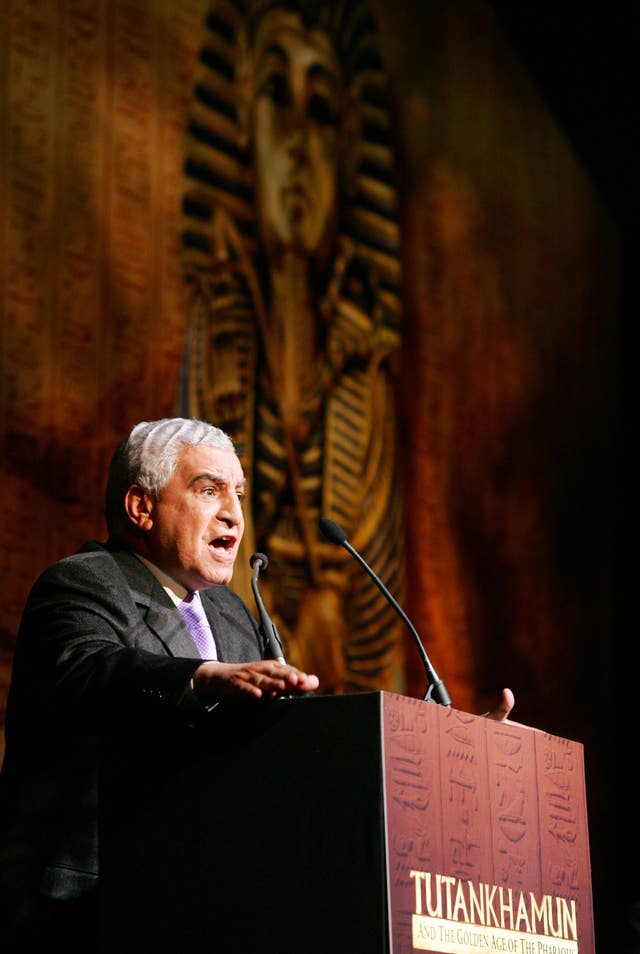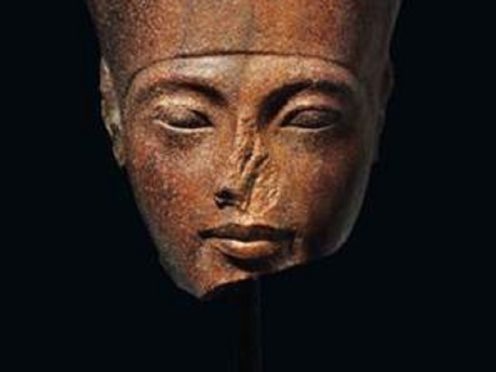A rare bust of Tutankhamun has been sold for £4.7 million at an “honourable” auction following controversy over its origins.
The item depicting the boy king as the god Amen was alleged by Egyptian experts to have been “stolen” from its homeland.
Auction house Christie’s defended its decision to press on with the sale of the ancient artefact and said that the statue had never been subject to previous investigations or allegations about its origins.

The quartzite bust was sold for £4.7 million after a rapid bidding process, a sale which has been defended by Christie’s.
A spokesman for the auction house said: “This was a rare, beautiful and important work.
“We recognise that historic objects can raise complex discussions about the past, yet our role today is to work to continue to provide a transparent, legitimate marketplace upholding the highest standards for the transfer of objects.
“There is an honourable market for ancient art and we believe it is in the public interest that works come out into the open with the opportunity for them to be researched, as well as seen and enjoyed by global audiences.”
Former antiquities minister Zahi Hawass previously told AFP that the bust could have been taken from Karnak Temple during the 1970s.
Christie’s firmly objected to the claims, and said it had gone through all necessary processes to be sure of its origins.
A spokesman for the auction house said: “The object is not, and has not been, the subject of an investigation, nor has it been previously flagged as an object of concern, despite being well known and exhibited publicly.
“Christie’s would not and do not sell any work where there isn’t clear title of ownership and a thorough understanding of modern provenance.”
The price of the item rose rapidly from a starting bid of £3 million to the £4.7 million it was sold for during the brief bidding process.
